A wildfire 10 km outside Fort Chipewyan in northern Alberta has slowed but authorities say the problems are a lack of rain in the forecast and the weather is hot and windy.
The closest community to the fire is Allison Bay, a mere 4.5 kilometres away. Over 31,000 hectares have now burned.
“Not the kind of conditions we want to see,” says Kendrick Cardinal, president of the Fort Chip Métis Nation. Cardinal is one of the people who stayed behind to help protect the community.
At the moment, there are 280 firefighters, not including those from a local municipality, who are working with Fort Chipewyan to make sure that homes are protected by a sprinkler system.
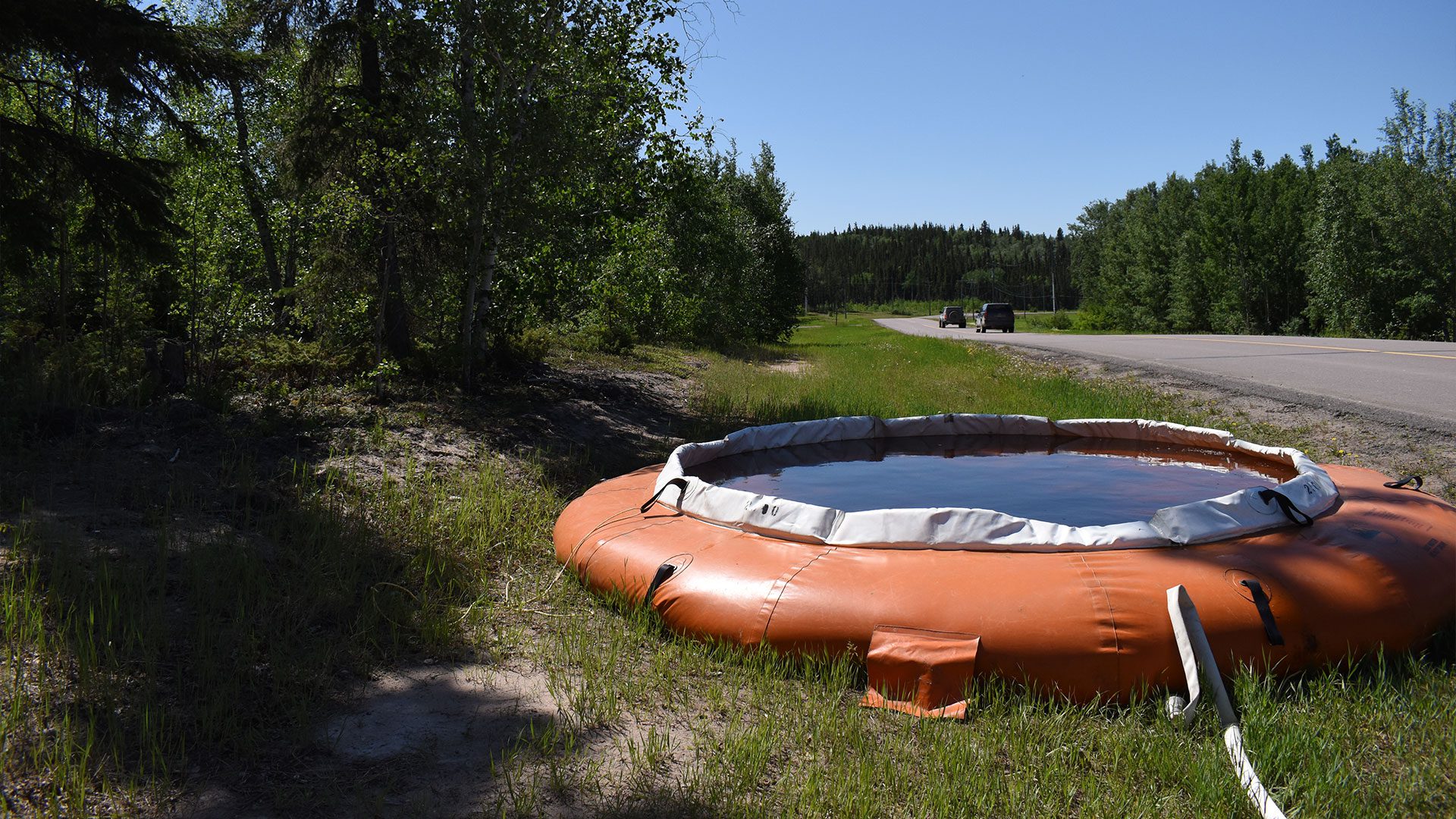
“The members that evacuated are concerned about whether they have a home to come back to,” says Cardinal. “With the efforts from Alberta forestry, the Regional Municipality of Wood Buffalo and the three nations… whoever it may be that has anything to do with firefighting, they are fighting to make sure everyone has a home to come back to.”
The landlocked community was evacuated by boat and by plane. Now at least 800 people are living in shelters in the south or with friends.
Chief Allan Adam of the Athabasca Fort Chipewyan First Nation says that things were “chaotic” at the beginning due to multiple agencies and partners trying to work together.
“At first there were nine-seater planes showing up,” says Adam.
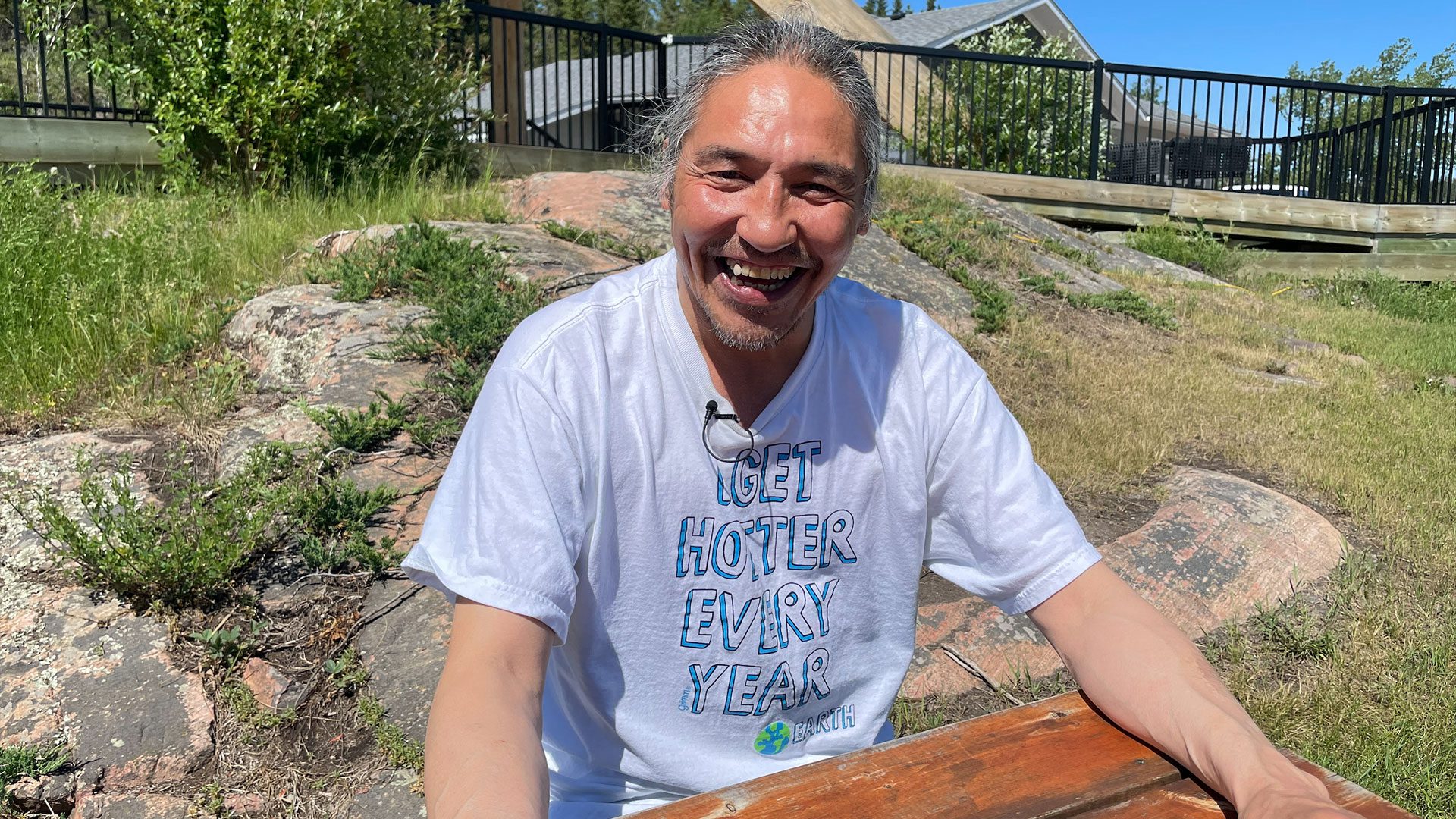
He says this reinforces the need for remote communities to have funding to make sure there’s proactive fire protection in place.
“We need the experienced firefighters to show the young people that this is what is needed in an isolated community. You can’t be depending on people out there to defend your community,” says Adam.
Adam told APTN News that there was a fire certification program in place seven years ago which helped to make sure communities were prepared for these disasters. He says he wants to see that program back in action.
APTN reached out to the Alberta government for information on the program and why it was cut, but did not get a response.
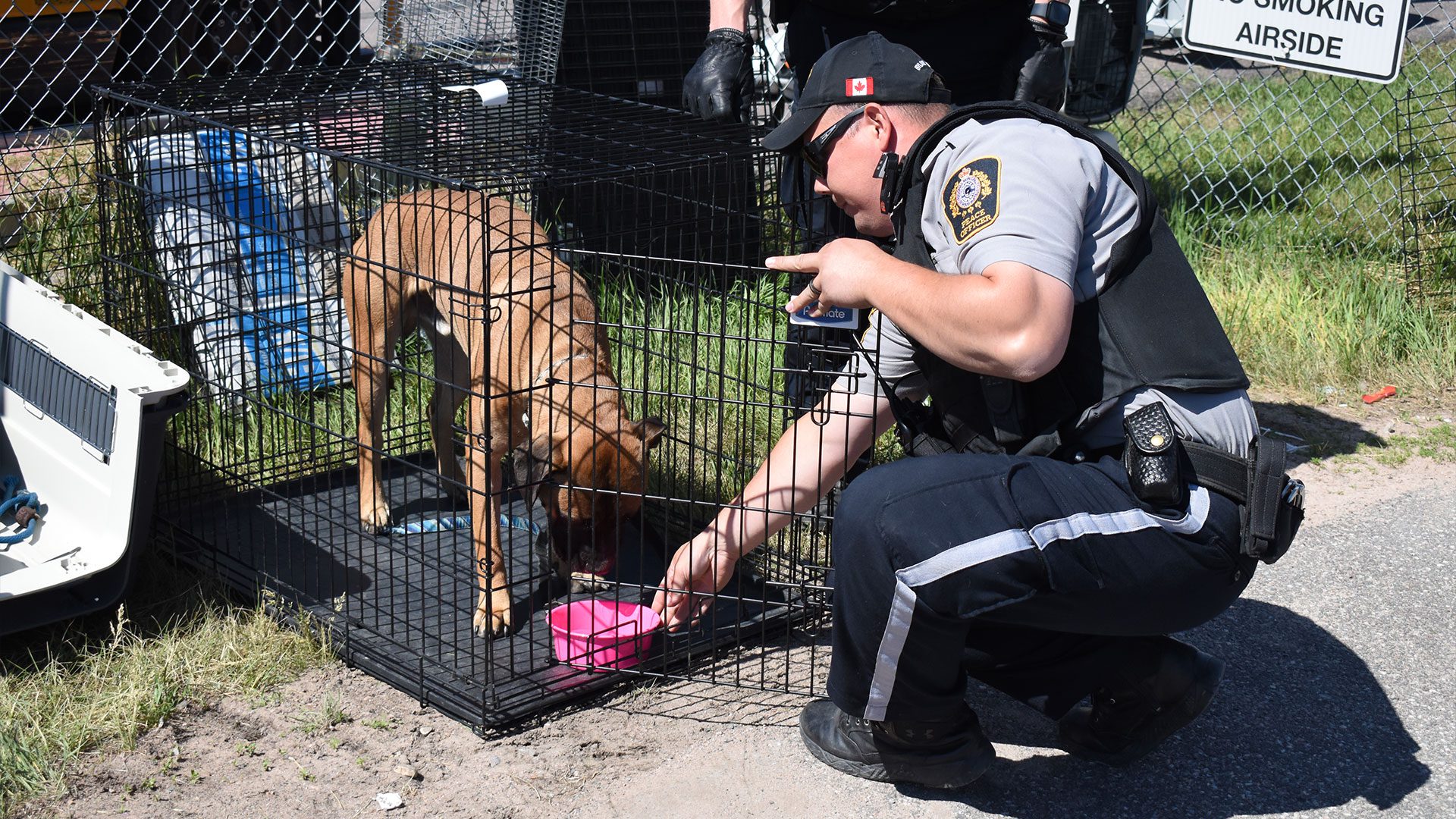
Evacuees now sit in Fort McMurray to the south waiting for news of home. The trauma of the evacuation is still fresh on their minds. Hundreds of people were packed into the small local airport waiting for transportation.
“It was kind of scary I didn’t know if it was going to get worse. I had to go to the airport. I was thinking am I ever going to see my home?” says Beverly Tourangeau, an elder with Athabasca Fort Chipewyan First Nation.
Others evacuated by boat. Low water levels meant that plans to use a barge in the evacuation of the remaining residents may not work.
Read More:
‘You walk around your home and say what will you take’ says wildfire evacuee
Melody Lepine, the director of government and industry relations for Mikisew Cree First Nation says that the community already had a lot of stressors this year.
“So we are still dealing with the Imperial [Oil] incident. Still a lot of fears about drinking water and about impacts to the environment,” says Lepine.
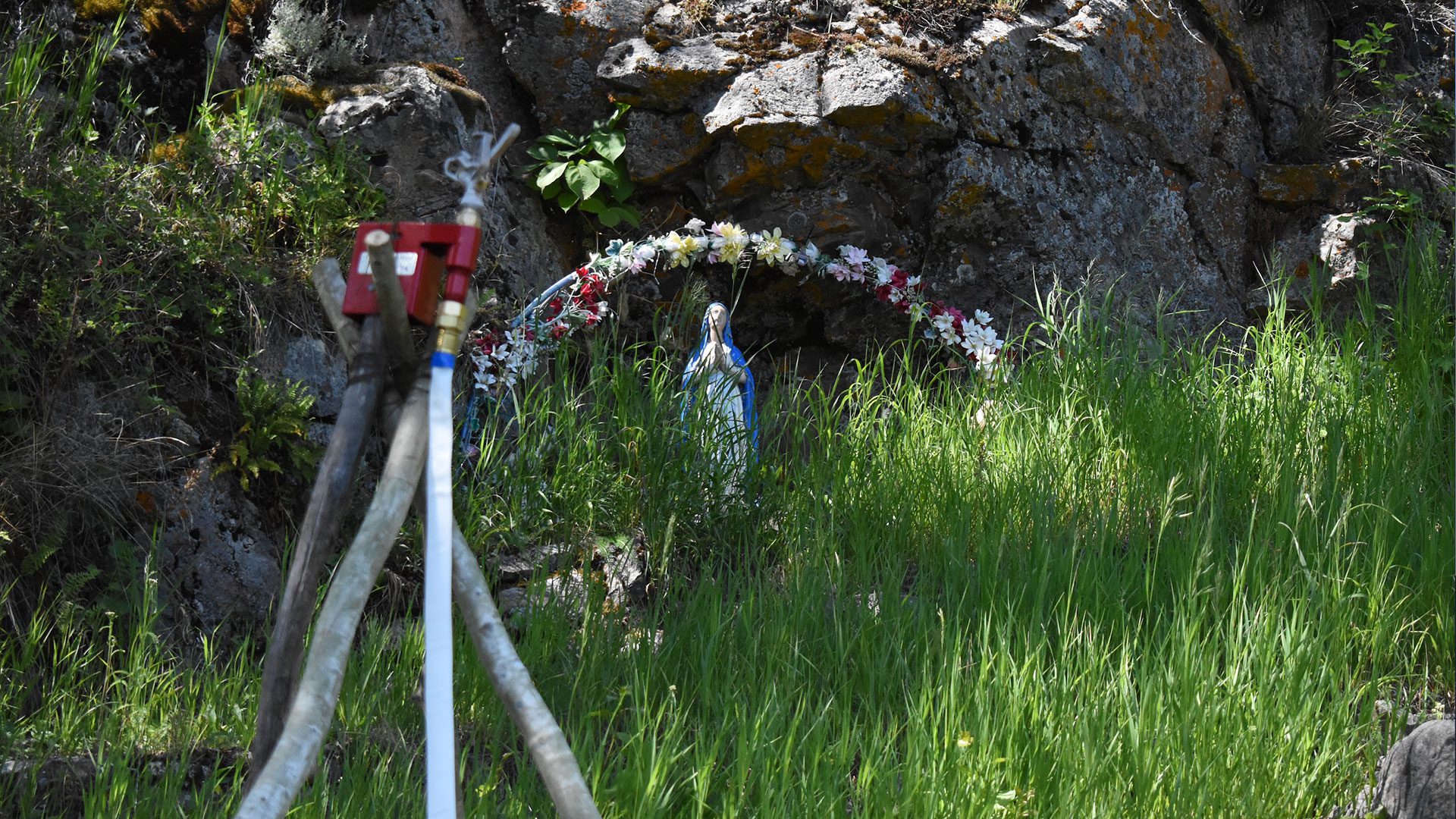
For nearly a year, according to reports by the Alberta Energy Regulator, water contaminated with dangerous levels of arsenic, dissolved metals and hydrocarbons from the Kearl tailings pond have been seeping into nearby Crown land and concerns about seepage into lakes and streams where people fish and hunt.
An overland spill of over five million litres of wastewater escaped from a containment pond, prompting the energy regulator to issue an environmental protection order.
“Then the wildfires which started off as a small fire just grew and grew and grew. It escalated to the point that the community had to be evacuated,” says Lepine.
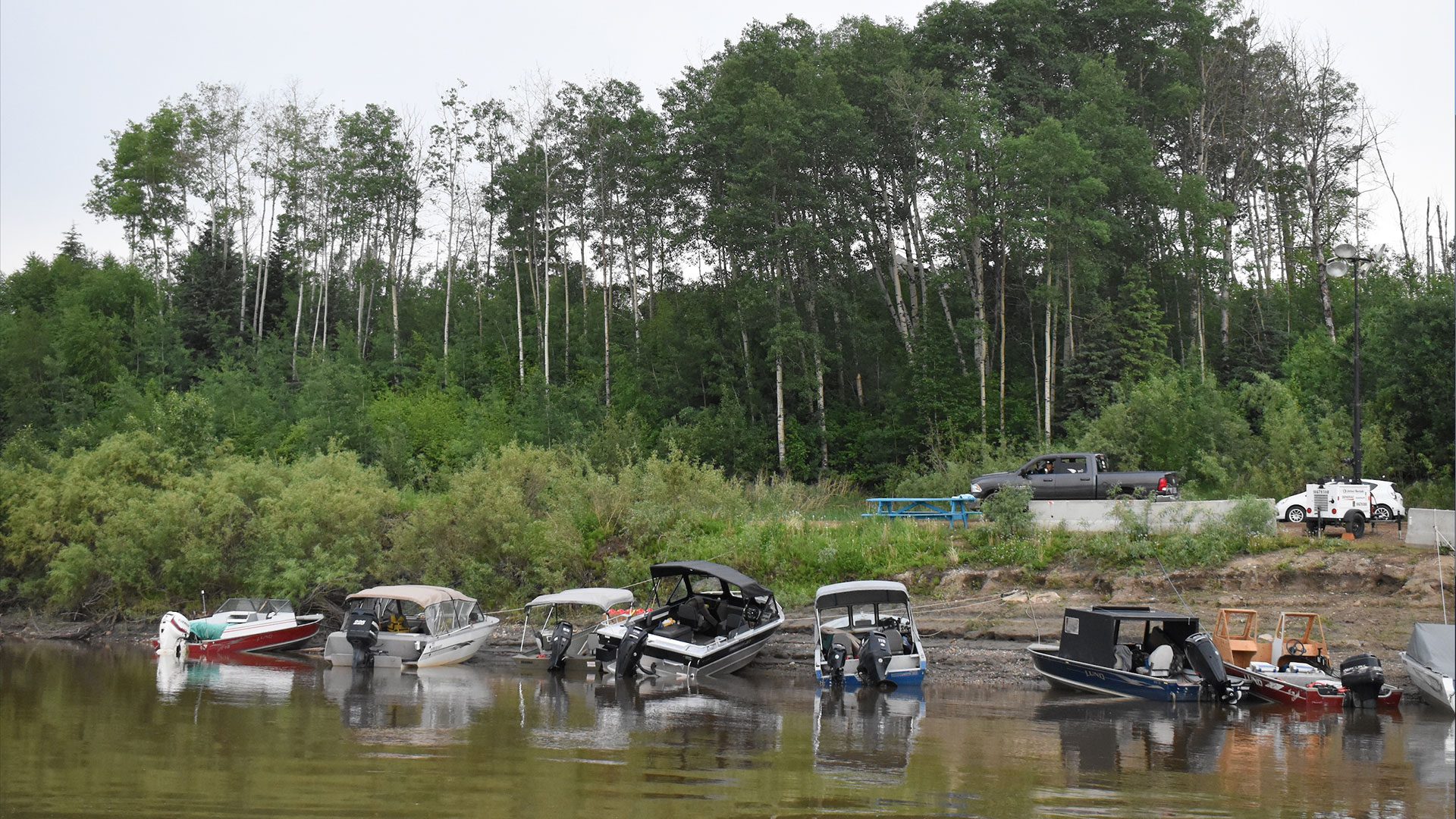
She is hoping that this will finally be a wake-up call to the provincial and federal governments.
“We are looking to the government to not only take more corrective action on dealing with climate change but also the adaptation,” says Lepine.










